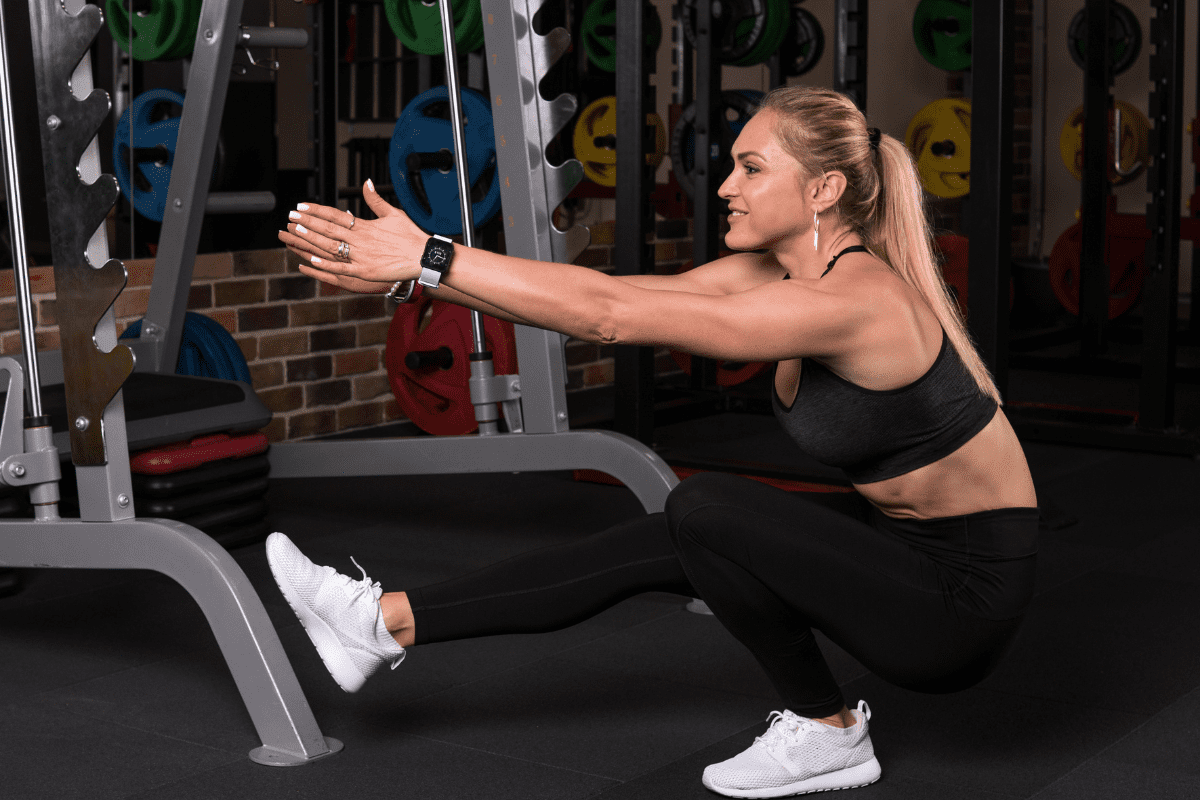Isolateral Exercises: The Key to Improved Muscle Balance
An isolateral exercise is a type of exercise that involves the use of one limb or side of the body at a time, while the other limb or side remains stationary. This type of exercise is commonly used in resistance training and can be performed with a variety of equipment, including dumbbells, resistance bands, and cable machines.
In this article, I will discuss the benefits of isolateral exercises and provide examples of how to incorporate them into your training program. Whether you are a beginner or an experienced athlete, isolateral exercises can be a valuable addition to your training routine.
Benefits of Isolateral Exercises
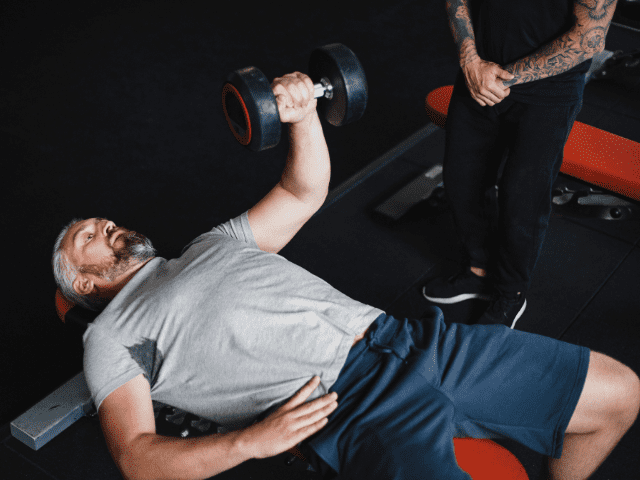
One of the main benefits of isolateral exercises is their ability to reduce muscle imbalances and improve muscle balance and symmetry.
When we use both limbs or sides of the body simultaneously during an exercise (with a barbell for example), it is common for one side to compensate for the other, leading to imbalances in muscle development. By isolating one side of the body at a time, we can more effectively target and train specific muscles, reducing imbalances and improving overall muscle balance and symmetry.
Isolateral exercises can also be beneficial for improving functional movements and sports performance.
By training one limb at a time, we can better isolate and strengthen the muscles involved in specific movements, such as throwing a ball or swinging a golf club. This can lead to improved performance in these activities, as well as reduced risk of injury.
How To Incorporate Isolateral Exercises in Your Training
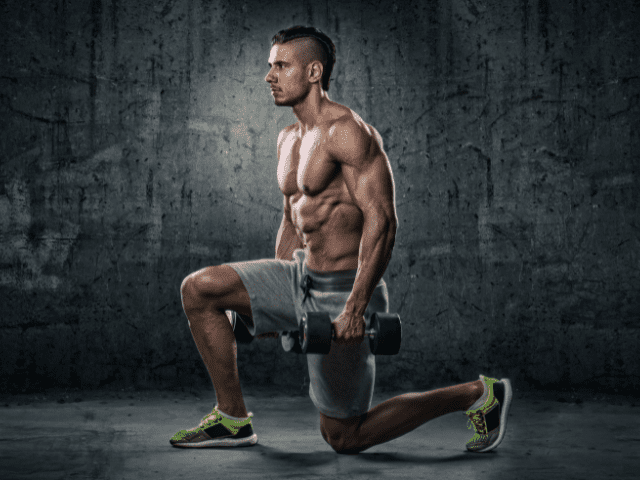
Incorporating isolateral exercises into a training program can be done in a variety of ways.
One option is to include them as part of a split routine, where different muscle groups are trained on different days.
For example, you might train your chest and triceps on one day, and then your back and biceps on another day. Within each of these sessions, you could include both compound exercises (which involve multiple joints and muscle groups) and isolateral exercises to target specific muscles and address muscle imbalances.
Another option is to incorporate isolateral exercises into your full-body workouts, either as a standalone exercise or as a superset with a compound exercise. For example, you could perform a set of Dumbbell Lunges with one leg at a time, followed by a set of RDLs. This can be a particularly effective way to target and train the muscles in your legs and lower body.
It’s important to note that isolateral exercises can be more challenging than compound exercises, as they require more stability and control. Because of this, it is important to start with a moderate weight and gradually increase as your strength and proficiency improve.
It is also important to maintain proper form and technique to ensure that you are effectively targeting the desired muscle group and minimizing the risk of injury.
Examples of Isolateral Exercises
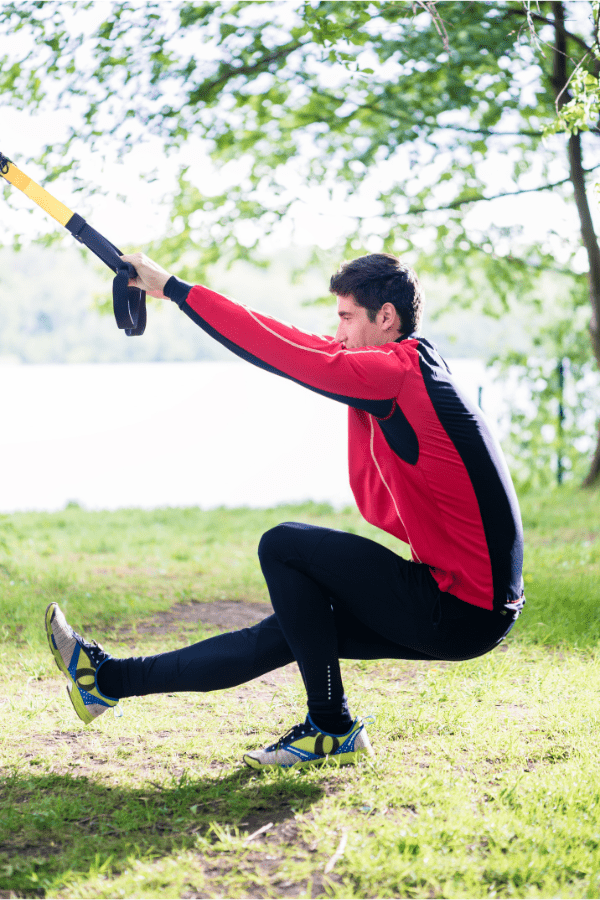
Here are a few examples of Isolateral Exercises and a brief description of how to do each one.
Single Arm Dumbbell Bench Press
Single Arm Dumbbell Bench involves lying on a flat bench with a dumbbell in one hand, while the other hand either rests on your chest or on your side.
From this position, press the dumbbell up towards the ceiling, lowering it back down to the starting position in a controlled manner. This exercise targets the muscles in the chest, triceps, and shoulders.
One-Arm Cable Row
This exercise involves using a cable machine with a single-handle attachment.
Stand facing the machine with one hand grasping the handle, while the other hand remains at your side. From this position, pull the handle towards the top of your stomach, squeezing your shoulder blades towards the center of your back. This exercise targets the muscles in the back, biceps, and shoulders.
Pistol Squat
Pistol Squats involve standing on one leg with the other leg extended out in front of you.
From this position, bend your standing leg to lower yourself down toward the ground, then drive back up to the starting position. This exercise targets the muscles in the legs and glutes.
This is a difficult exercise to execute! If you’re not able to do full Pistol Squats yet, you can use a bench to squat down to or use a strap for support (as shown above) as you continue to improve your strength.
Single Arm Dumbbell Overhead Press
Single Arm Overhead Press involves standing with a dumbbell in one hand at should level, while the other hand remains at your side.
From this position, press the dumbbell up overhead and then lower it back down to the starting position. This exercise targets the muscles in the shoulders and triceps.
One-Arm Cable Curl
This exercise involves using a cable machine with a single-handle attachment.
Stand facing the machine with one hand grasping the handle, while the other hand remains at your side. From this position, curl the handle towards your shoulder, squeezing your bicep at the top of the contraction. This exercise targets the muscles in the biceps and forearms.
Tips When Doing Isolateral Exercises
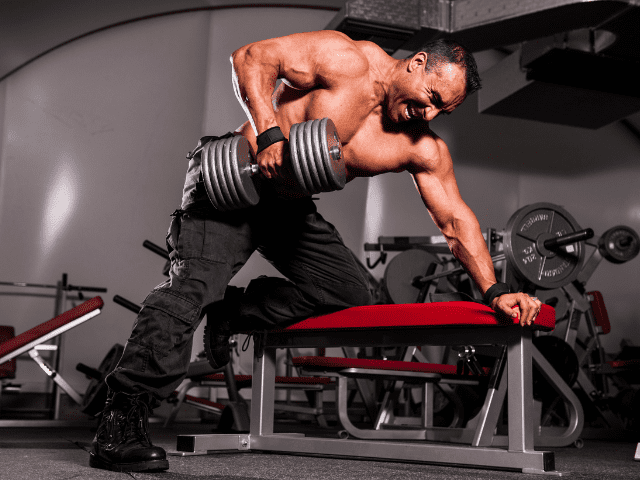
Here are some tips for performing isolateral exercises:
- Start with moderate weight: Isolateral exercises can be more challenging than compound exercises, as they require more stability (especially core stability) and control. Start light and gradually increase weight once you become comfortable with each movement.
- Always use proper form and technique: Proper form and technique are crucial for effectively targeting the desired muscle group and minimizing the risk of injury. Make sure to keep your core engaged and maintain a neutral spine, and be sure to follow the specific instructions for each exercise.
- Focus on control and stability: Isolateral exercises require more control and stability than compound exercises because you’re using one side of your body at a time. Be sure to focus on maintaining proper form and control throughout the exercise, rather than just trying to lift as much weight as possible.
- Use a variety of equipment: Isolateral exercises can be performed with a variety of equipment, including dumbbells, resistance bands, and cable machines. Mixing up the equipment you use can help to keep your workouts interesting and challenging.
Final Thoughts
Isolateral exercises are a valuable (and necessary quite frankly) addition to any resistance training program. They can help to improve muscle balance and symmetry, improve functional movements and sports performance, and reduce the risk of injury.
By including a variety of isolateral exercises in your training program, you can more effectively target and train specific muscle groups, leading to improved overall strength and performance.

